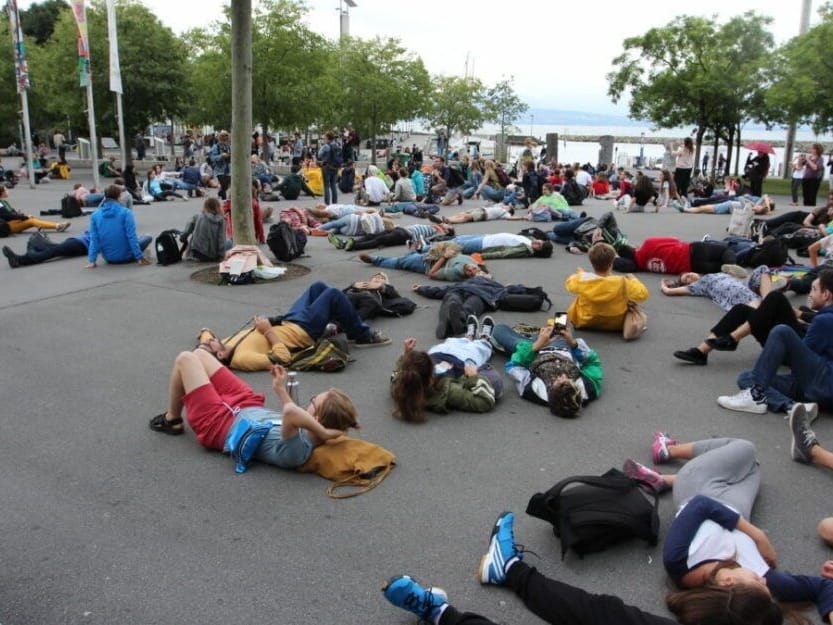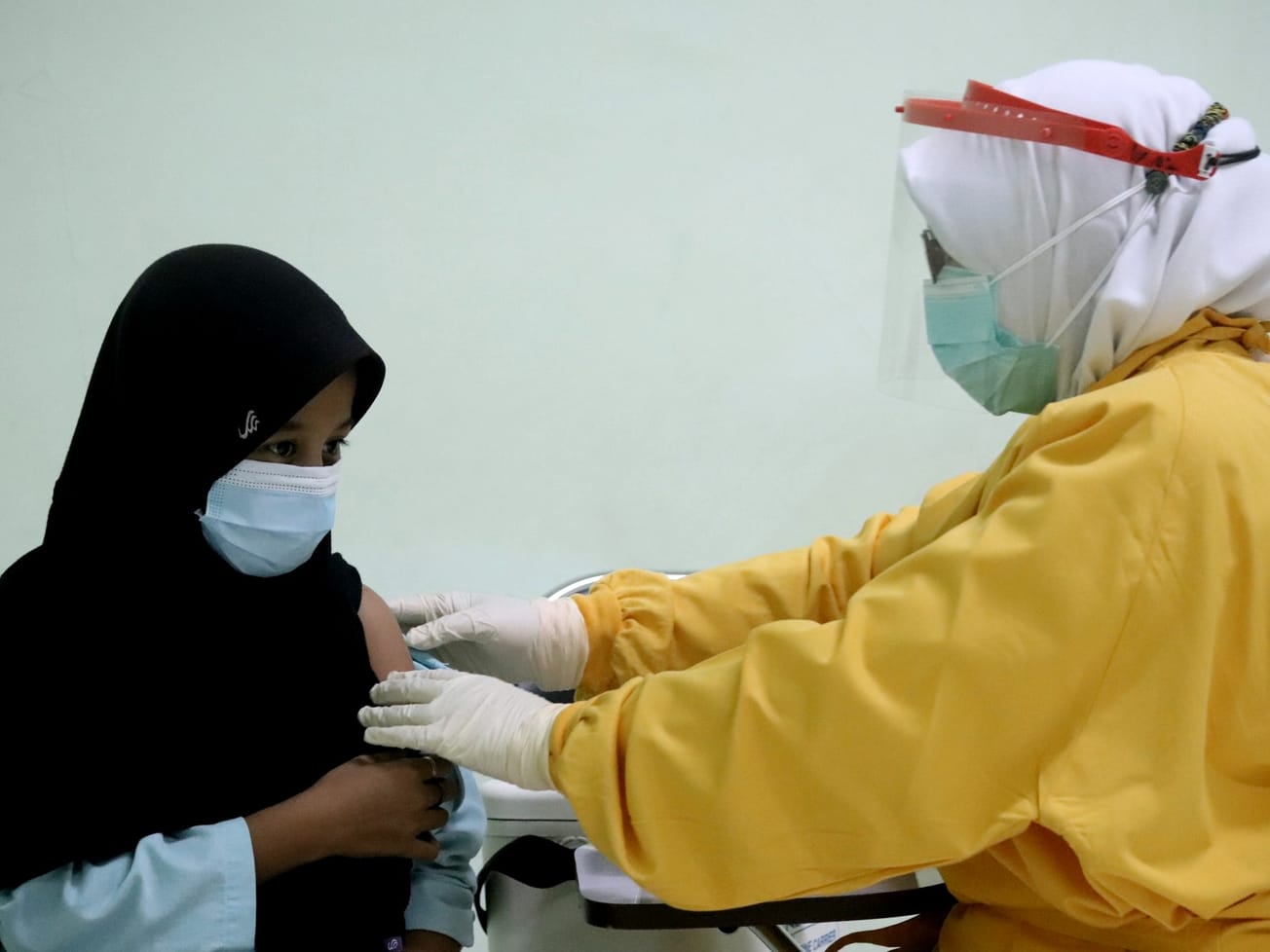LAUSANNE, Switzerland (AN) — The Fridays For Future youth climate movement wrapped up its first major European summit with agreement on three core demands of world leaders to prevent more planetary overheating.
More than 450 activists from 38 nations met in Lausanne, along Lake Geneva, for a weeklong summit to exchange ideas and strategies before wrapping up on Friday with the "Lausanne Climate Declaration."







